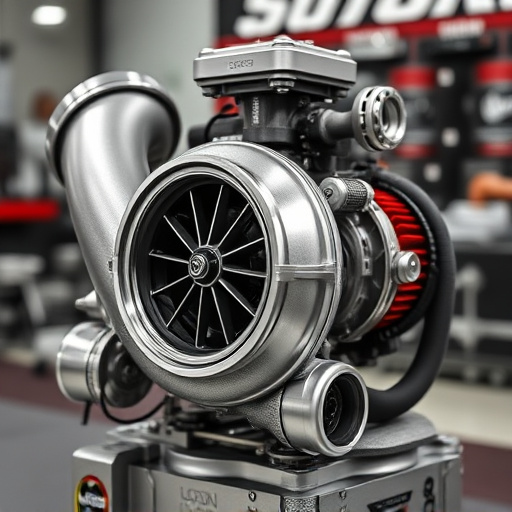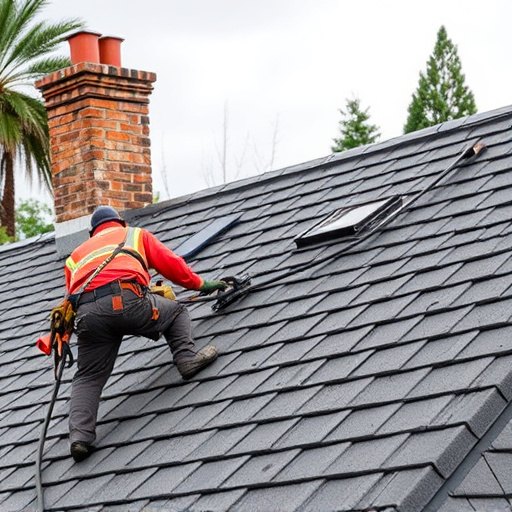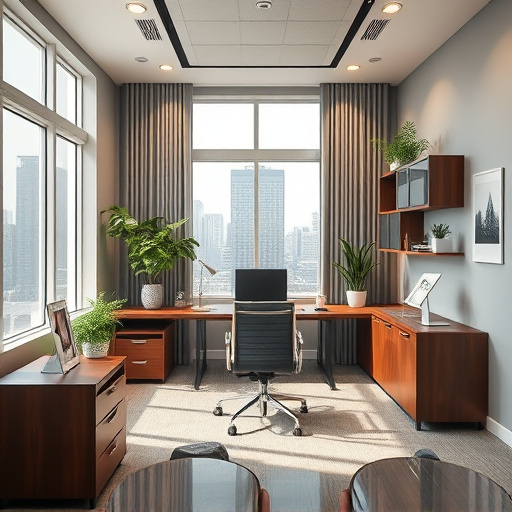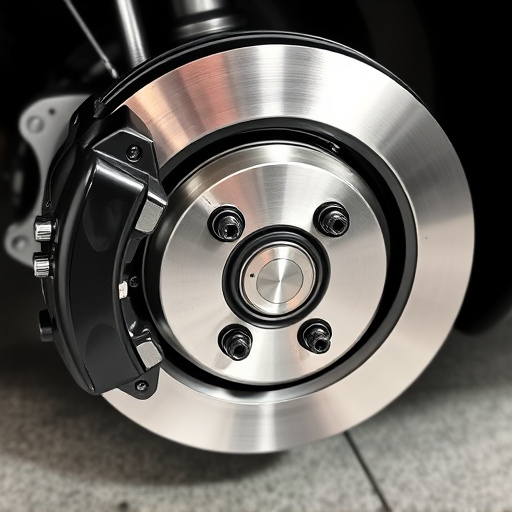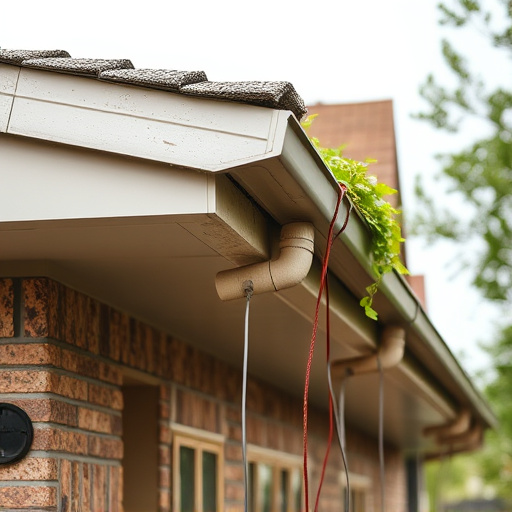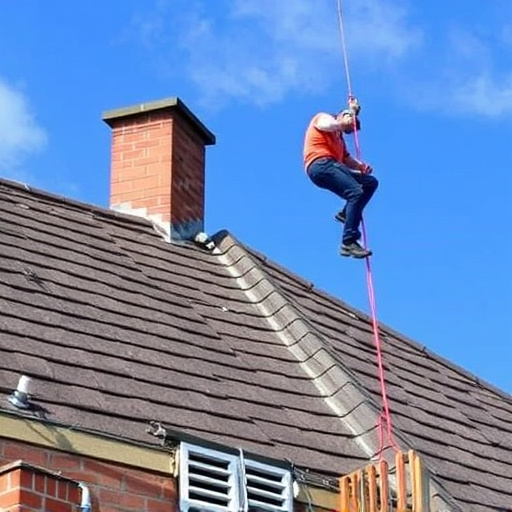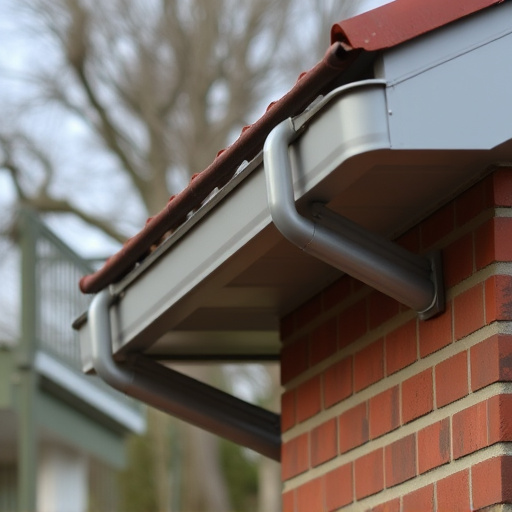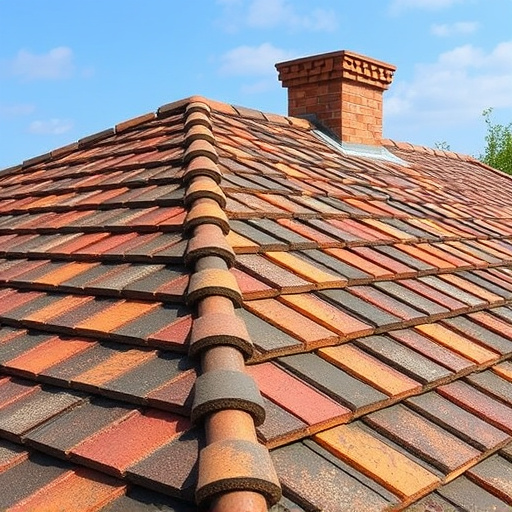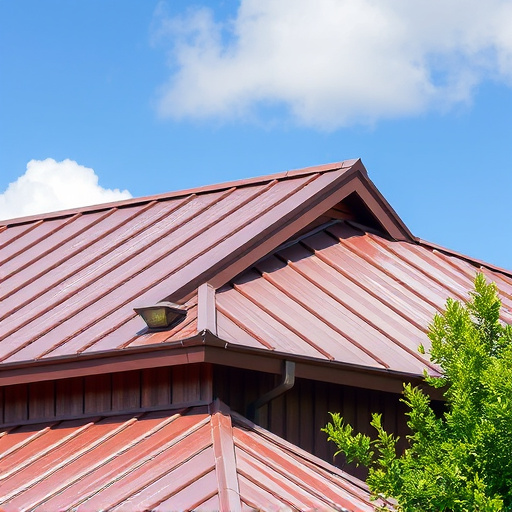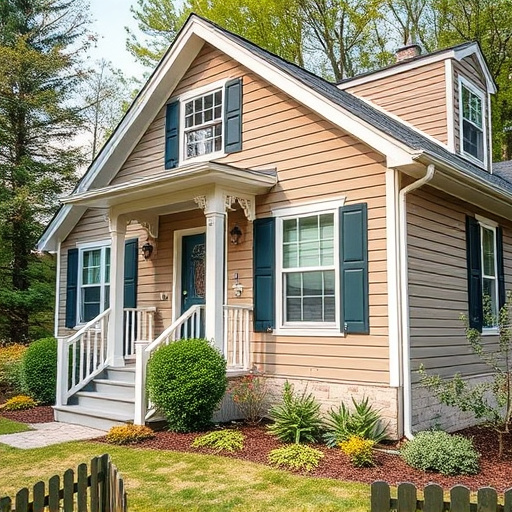Choosing the right commercial siding hinges on understanding local climate conditions, including extreme weather events, temperature extremes, and drought. Areas prone to hurricanes and high winds opt for impact-resistant steels or concretes, while hot, arid regions benefit from reflective materials and insulative sidings. Colder climates demand frost-resistant options. Professional roofing services play a crucial role in guiding these decisions based on specific climate needs, ensuring durable and cost-effective commercial siding choices.
In the ever-changing climate, understanding the impact on construction materials is paramount. This article explores the intricate relationship between climate and commercial siding selection, delving into how environmental factors influence building envelop protection. From extreme temperatures to precipitation patterns, we’ll uncover key considerations for choosing resilient siding that stands the test of time. Through regional case studies, discover how diverse climates shape commercial siding preferences, ultimately driving innovation in the industry.
- Understanding the Interplay Between Climate and Commercial Siding
- Key Considerations for Choosing Climate-Resilient Commercial Siding
- Case Studies: How Different Climates Shape Commercial Siding Preferences
Understanding the Interplay Between Climate and Commercial Siding
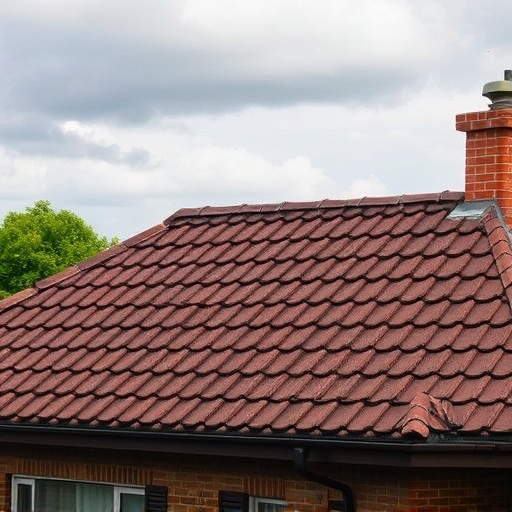
The relationship between climate and commercial siding selection is a complex interplay that demands careful consideration. Commercial buildings, with their large surface areas and varied architectural styles, are particularly susceptible to the effects of weather patterns. Severe storms, high winds, heavy rainfall, and extreme temperatures all play a role in dictating the type of siding most suitable for specific regions. For instance, areas prone to frequent hurricanes or tornadoes require siding that can withstand high-speed debris impact, leading to preferences for impact-resistant materials like steel or concrete.
On the other hand, regions with prolonged dry spells and high heat indices necessitate sidings that offer excellent insulation to prevent overheating and reduce energy costs. Additionally, colder climates demand materials capable of resisting frost damage and providing adequate thermal protection. Understanding these climate-specific needs is crucial for businesses aiming to invest in durable and efficient commercial siding. Engaging the services of roofing professionals who specialize in home exterior services can help guide selection and ensure proper installation, including timely siding repairs as needed.
Key Considerations for Choosing Climate-Resilient Commercial Siding
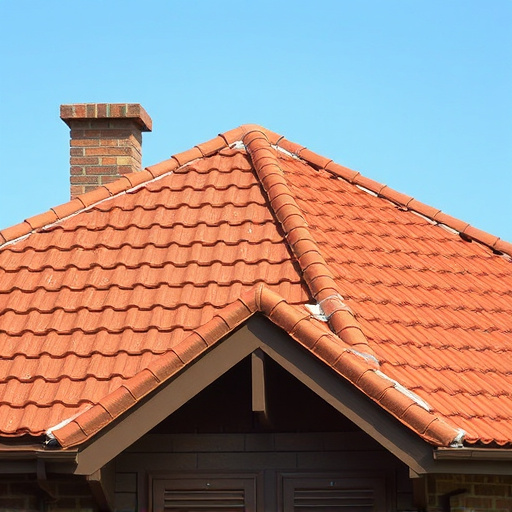
When selecting commercial siding, understanding your region’s climate is paramount. Extreme weather events, such as high winds, heavy rainfall, and temperature fluctuations, can significantly impact the durability and longevity of exterior cladding choices. Key considerations for choosing climate-resilient commercial siding include material composition, protective coatings, and installation methods. For instance, areas prone to hurricanes or strong storms should opt for sidings with superior wind resistance ratings, while regions experiencing extreme heat may benefit from reflective materials that minimize thermal absorption.
Additionally, proper drainage systems and robust fasteners are essential components of a resilient commercial siding system. Integrating these features not only enhances the structural integrity but also safeguards against water damage, mold growth, and premature deterioration. Reputable siding services often provide guidance tailored to local climate conditions, ensuring that buildings are protected effectively and investments in residential roofing or commercial siding are secure in the long term.
Case Studies: How Different Climates Shape Commercial Siding Preferences
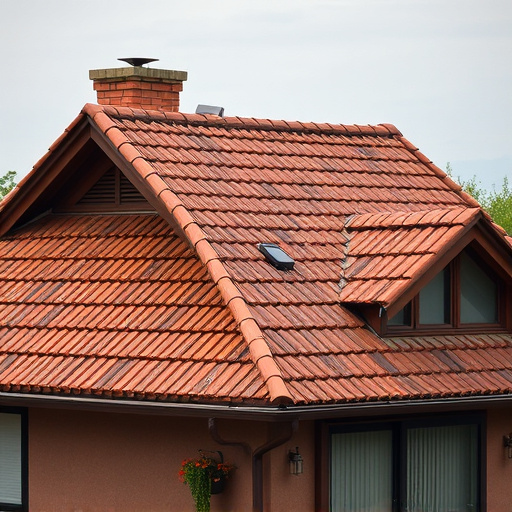
In the realm of commercial siding selection, climate plays a pivotal role, shaping preferences and dictating material choices. Case studies from various regions reveal intriguing trends where the local climate directly influences the preferred styles and materials for commercial buildings. For instance, regions with frequent severe storms and high winds often opt for impact-resistant commercial siding, such as steel or concrete, to safeguard against potential damage. On the other hand, areas characterized by mild weather and lower wind speeds may prioritize aesthetics over functionality, favoring traditional vinyl or fiber cement siding.
Additionally, temperature extremes further complicate siding selection. In hot, arid climates, reflective materials like metal or cool-roofing systems gain popularity to mitigate heat absorption and reduce energy costs. Conversely, snowy regions commonly select siding with superior insulation properties to enhance energy efficiency during colder months. These climate-driven preferences highlight the importance of tailoring commercial siding choices to specific environments, ensuring both durability and optimal performance for each unique setting.
In understanding the intricate relationship between climate and commercial siding, businesses can make informed decisions that enhance building durability and aesthetics. By considering regional weather patterns and extreme events, architects and property managers can select climate-resilient commercial siding options, ensuring long-term cost savings and reduced maintenance. This strategic approach, backed by case studies highlighting diverse climates, underscores the significance of aligning commercial siding with local conditions, ultimately contributing to more sustainable and resilient business environments.

